
In 1973 Anders Lange’s Party for a Strong Reduction in Taxes, Duties and Public Intervention was elected to the Storting. Party leader Anders Lange (photo) died in 1974, and the party changed its name to the Progress Party in 1977. Photo: NTB scanpix.
History of the parties
There were no political parties in Norway in 1814. For this reason the parties are not mentioned in the original wording of the Constitution. It was not until 1884 that the parties were referred to directly in the Constitution.
Nor is there much about the parties’ parliamentary groups in the Storting’s Rules of Procedure, which lays down the rules regarding how the Storting is organized and how it works. Since the first parties – the Liberal Party and the Conservative Party – were founded in 1884, however, the parties have played an extremely important role in Norwegian democracy.
Political alignments come together
As early as the mid-19th Century, there was talk of political parties in Norway. However, this merely related to groupings that gathered together around certain special interests. Within the various social classes – farmers, the middle classes and government officials – there were a large number of mutual aims and needs.
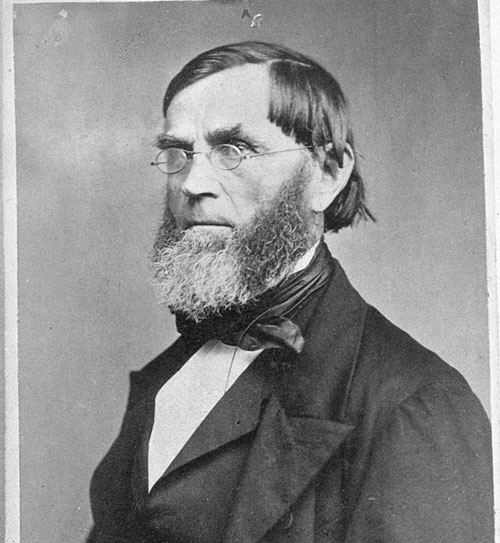
Søren Jaabæk was the head of a Collection of farmers in the Storting. His alliance With Johan Sverdrup paved the way for an orginized liberal party. Photo: Storting.
It was the government officials’ class that had governed the country with the King. The Government was by and large independent of the Storting. At this timeNorway was an agricultural society, dominated by the farming classes, and a farming opposition began to take shape. In 1851 Johan Sverdrup made an attempt to unite the opposition into one, but this soon resulted in the association being dissolved. He tried again in 1859, and the Reform Society – the first attempt at organized collaboration between urban liberal representatives and farmers – was founded.
Though this initiative also failed, cooperation between various different farming lobbies occurred in the late 1860s.
The Liberal Party and the Conservative Party
During the conflict over the access of government ministers to the Storting in the second half of the 19th Century, the terms “liberal” and “conservative” became commonly used terms. However, neither the Liberal Party nor the Conservative Party was founded until 1884.
The Norwegian Labour Party
One of the Liberal Party’s policies was to extend the franchise to the lower classes in order to help them in their battle with the Conservative Party, but in 1887 Norwegian workers formed their own party: the United Norwegian Labour Party, later the Norwegian Labour Party. It changed its name to the Labour Party in 2011.
Unlike the Conservative and Liberal parties, the Labour Party was not founded on the basis of groups that were already represented in the Storting. The party’s first MP was elected in 1903. In 1919 the Labour Party became a member of the Communist International, or Comintern, an international federation under the leadership of the Soviet Communist Party. This resulted in the moderate wing of the party breaking away to found the Norwegian Social Democratic Labour Party in 1921. When the Labour Party left the Comintern in 1923 a new grouping broke away from the party to form the Norwegian Communist Party (NKP). The Labour Party and the more moderate social democrats reunited in 1927, and for the first time the party became the largest party in the Storting.
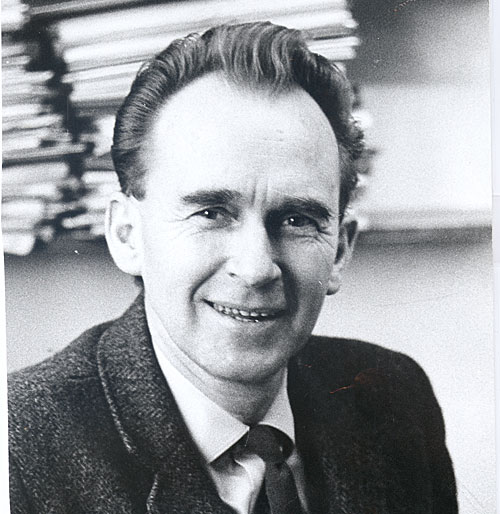
Reidar T. Larsen. Photo: Storting/Edith Lindquist.
The Norwegian Communist Party
After its break with the Labour Party, the Norwegian Communist Party was represented in the Storting until 1930. It regained parliamentary seats from 1945–49 and from 1953 to 1961. In 1973 the NKP collaborated with the Socialist Election Alliance, and the last Member of the Storting to be elected, Reidar T. Larsen, was from this list. The NKP later pulled out of the alliance, and has been a separate party since that time without ever being re-elected to the Storting. Reidar T. Larsen joined the Socialist Left Party along with the rest of the Socialist Election Alliance party group in 1975.
Divisions in the Liberal Party
The Liberal Party has undergone a number of splits and fragmentations during its long history. The Moderate Liberals were a Low Church wing of the Liberal Party that broke away to form their own party in 1888. They were represented in the Storting from 1888 to 1906, when they joined the Conservative Party and formed part of the Coalition Party.
The Coalition Party was a party of conservatives and moderate liberals that was founded in 1903 after the Conservative Party’s about-turn on the question of the union with Sweden. The notion was that the Conservatives and Liberals would be able to unite against the socialists. They had seats in the Storting from 1903 to 1909, but fell apart when the question of the union was resolved.
A radical wing of the Liberal Party stood for election in 1906 as the United Norwegian Workers’ Society. It changed its name to the Labour Democrats in 1911 and to the Radical People’s Party in 1921. The party won seats in the Storting in 1936 and subsequently joined the Liberal Party in 1940.
In 1909 a conservative faction of the Liberal Party broke away to form the Liberal Left Party. This party worked closely with the Conservatives and was represented in the Storting from 1909 to 1936. It changed its name to the Liberal People’s Party in 1932 and was gradually assimilated into the Conservative Party. The first ever female Member of the Storting, Anna Rogstad, represented this party.
The EEC question was a new issue to cause a schism in the Liberal Party. The “yes” faction broke away in 1972, first under the name the New Liberal People’s Party, and subsequently the New People’s Party. The parliamentary group also divided into factions, with the New People’s Party forming a group of eight. It won a single seat at the 1973 parliamentary election. The party changed its name to the Liberal People’s Party in 1980 and was reunited with the Liberal Party in 1988.
The Liberal Party had no seats in the Storting between 1985 and 1993.
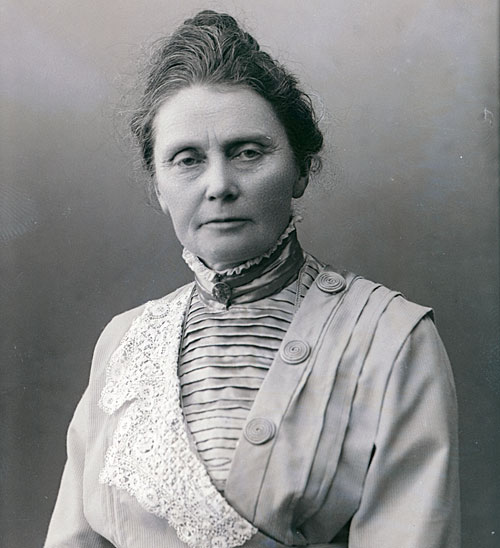
Anna Rogstad. Photo: Storting
The Farmers' Party
The Farmers' Party, which changed its name to the Centre Party in 1959, was founded in 1920 by the Norwegian Countryman’s Association. Today the Centre Party is independent of this association’s modern equivalent, the Norwegian Agrarian Association.
The Christian Democratic Party
The Christian Democratic Party was formed in 1933 after the Liberal Party failed to nominate Nils Lavik, a preacher from Hordaland, to their list of candidates for the parliamentary election.
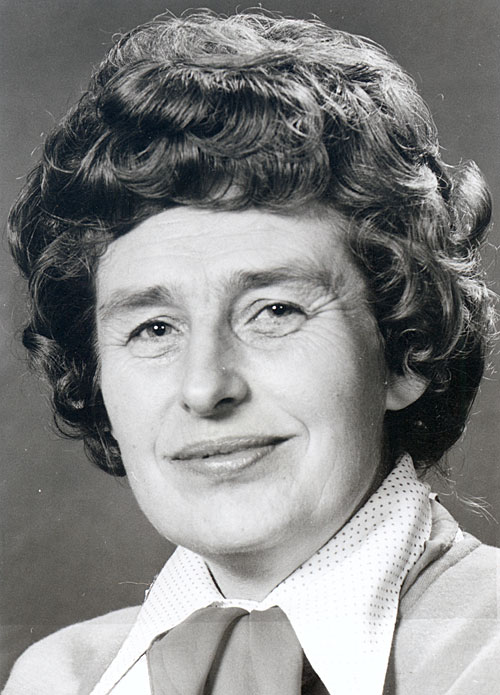
Berit Ås was the chairwoman for the Democratic Socialists (AIK), and was elected to the Storting for the Socialist Election Alliance in 1973. Photo: Storting
The Socialist People’s Party
In 1961 a totally new party, the Socialist People’s Party, won its first seats in the Storting. The SF was formed by defectors from the Labour Party who had long disagreed with their party’s foreign affairs and defence policy, in particular NATO membership. During the EEC (later EU) conflict at the beginning of the 1970s, the SF collaborated with other left-wing elements in Norwegian politics. It subsequently joined the Socialist Election Alliance (SV), a coalition between the SF, the Norwegian Communist Party, the Democratic Socialists (AIK – a faction of anti-EEC Labour Party defectors) and various independent socialists in the lead-up to the 1973 parliamentary election. The SV was converted into the Socialist Left Party (SV) in 1975. Though the SF was disbanded in 1976, in many ways the Socialist Left Party became its successor.
Anders Lange’s Party
In 1973 Anders Lange’s Party for a Strong Reduction in Taxes, Duties and Public Intervention (ALP) was formed. The party gained its first seats in the Storting the same year. As its name suggests the party appealed to those people who were disenchanted with the level of taxation in Norway. Anders Lange died in 1974, and the party changed its name to the Progress Party in 1977.
The Workers’ Communist Party
The Workers’ Communist Party (AKP) was founded in 1973. Until 1990 the party also included the words Marxist-Leninist (m-l) in its name. This led to supporters of the party being dubbed “m-l-ers”. The party’s roots lay in the Socialist Youth League, which broke away from the Socialist People’s Party in 1969.
The Red Electoral Alliance
The AKP did not run for election under its own name, but in 1973 it played an important role in the formation of the Red Electoral Alliance (RV). The RV, initially an alliance between the AKP (m-l) and independent socialists, became a separate party in 1991. The party had one seat in the Storting in the 1993-1997 parliamentary term. In 2007 the AKP and the RV united to form a single party, the Red Party.
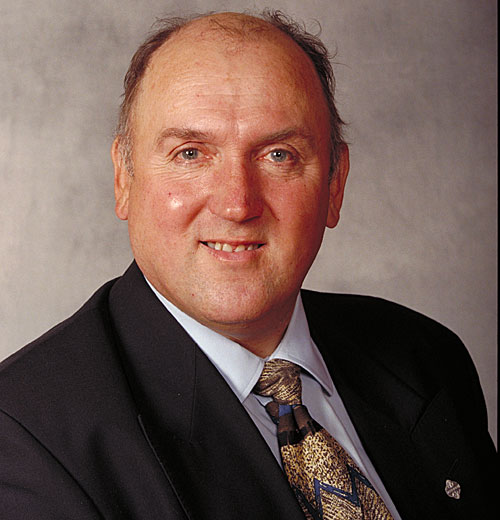
Steinar Bastesen represented the Coastal Party (initially under the name of the Non-Partisan Deputies) during the 1997- 2005 parliamentary terms. Photo: Storting.
The Coastal Party
The Coastal Party (formerly the Non-Partisan Deputies) had one Member of Parliament during the 1997-2005 parliamentary terms.
The Green Party
The Green Party was founded in 1988. During the 2013-2017 parliamentary term it is represented by one Member in the Storting.
Others
Other parties have also gained seats in the Storting. The Society Party won a single seat at the 1933 and 1936 elections. In 1989, Anders Aune, a former MP for the Labour Party and at that time County Governor for Finnmark, was elected to represent Future for Finnmark.
Last updated: 17.04.2015 13:52